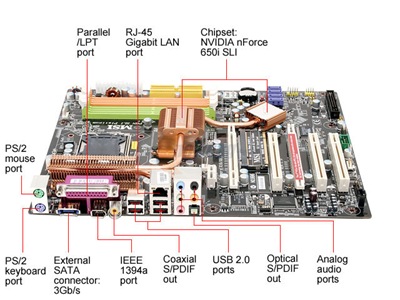Scott Berkun has a great article over at his blog about *sshole Driven Development, or "ADD."
"Any team where the biggest jerk makes all the big decisions is *sshole driven development. All wisdom, logic or process goes out the window when Mr. A is in the room, doing whatever idiotic, selfish thing he thinks is best. There may rules and processes, but Mr. A breaks them and people follow anyway."
Of course, one should look to themselves and their own team first to make sure that you're (or me, for that matter) not Mr. A.
I've worked at places that seemed to promote what I've called Flaming Potato Development, also called "Not My Problem (NMP)" Development in the comments on Scott's Blog:
"...in which all complex, complicated, expensive, or otherwise troublesome decisions/features/issues are pushed into someone else’s module?"
Great stuff, do check it out. Also, I encourage you to check out Scott's book on The Myths of Innovation, it's supposed to be pretty good, I'll be picking up a copy this weekend.
Hosting By

 I'm considering moving my whole family over to Google Apps.
I'm considering moving my whole family over to Google Apps. 




 I've gotten permission from the wife to build the Ultimate Developer Rig that we talked about in Part 1. I debated getting a MacBook Pro when the latest stuff came out at WWDC, but since I already have a Mac Mini that I hardly use, but that does run Rails happily, so I'm going to wait a year or two to get a fully loaded MBPro.
I've gotten permission from the wife to build the Ultimate Developer Rig that we talked about in Part 1. I debated getting a MacBook Pro when the latest stuff came out at WWDC, but since I already have a Mac Mini that I hardly use, but that does run Rails happily, so I'm going to wait a year or two to get a fully loaded MBPro.